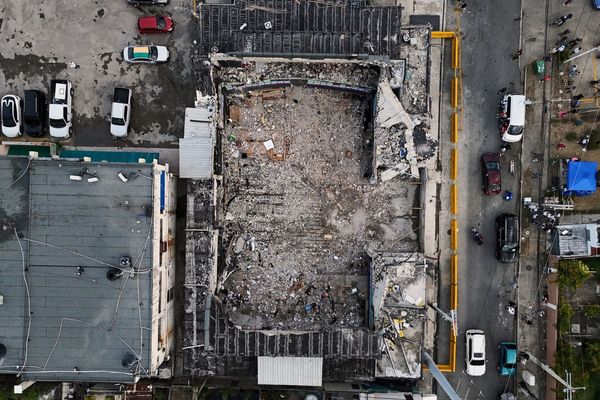
On February 19, Houthi rebels made a significant escalation in their military interactions with the U.S. by firing surface-to-air missiles (SAMs) at American aircraft. The first incident involved a U.S. F-16 fighter jet flying over the Red Sea off the coast of Yemen. Fortunately, the missile did not hit the jet. Shortly after, another SAM was fired at an American MQ-9 Reaper drone operating outside Houthi-controlled areas in Yemen.
This marked the first time the Houthis targeted an American F-16 fighter jet with a SAM missile, raising concerns among senior U.S. defense officials. The ongoing conflict between the Iranian-backed group and the U.S. Navy and Air Force has intensified following these attacks.
Since the Biden administration took office, the U.S. military has been actively defending its warships patrolling the Red Sea and Bab al Mandab Strait from potential Houthi threats. The recent attacks by the Houthis came in response to military actions taken by Israel in Gaza on October 7, 2023.



As a result, there is a policy debate within the U.S. military on how best to counter the Houthi threat. Options include a more traditional counterterrorism approach targeting individuals behind the attacks or a defensive strategy focusing on Houthi infrastructure and weapons-storage facilities.
Senior military leaders are concerned about the possibility of a Houthi missile hitting a U.S. Navy vessel, which could lead to severe injuries and damage to the warships patrolling the region. While the Navy has successfully intercepted all missiles and drones fired by the Houthis so far, the constant threat has put them on high alert.
As the U.S. Navy continues to face near-constant attacks in the Red Sea, the decision on how to address the Houthi threat will ultimately rest with the White House. The situation remains tense as both sides navigate the complexities of this ongoing conflict.







